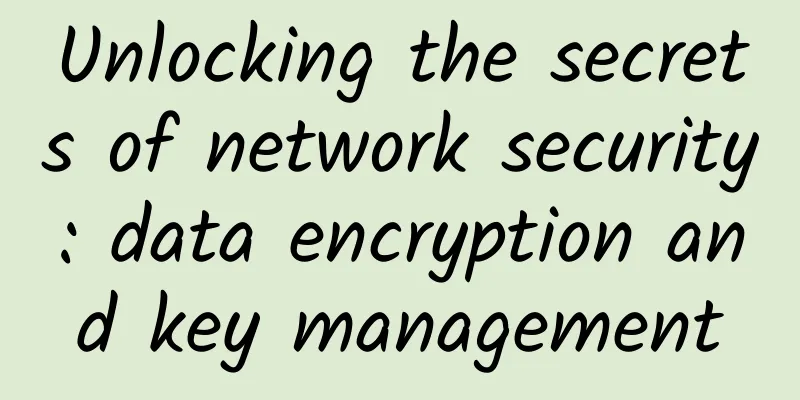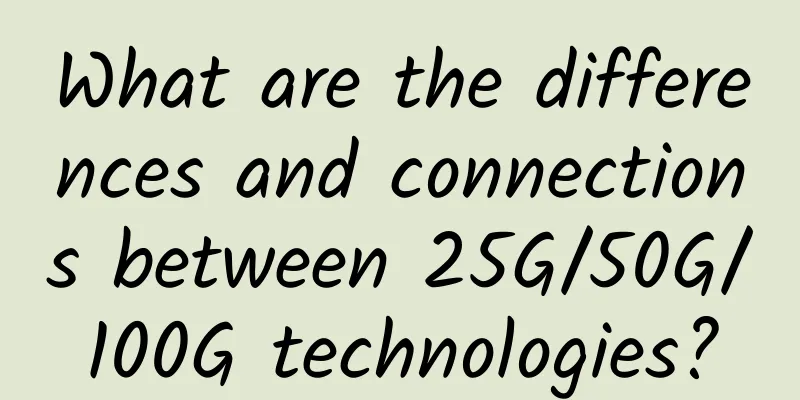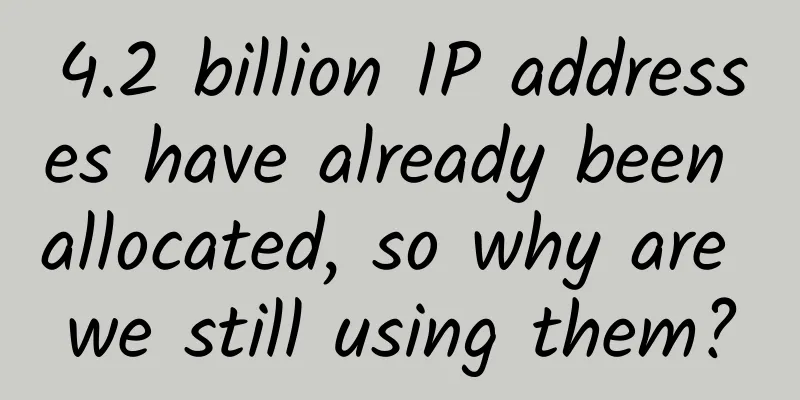Unlocking the secrets of network security: data encryption and key management

|
In this digital age where data is like gold, how can we protect our information from hackers? The answer lies in data encryption and key management. Today, let's explore the mysteries behind these technologies and learn how to ensure information security in a scientific way. 1. What is data encryption? Data encryption is the process of converting plaintext data into unrecognizable ciphertext through a specific algorithm. Only those with the correct key can decrypt the ciphertext and restore it to plaintext. It's like we lock important documents in a safe, and only those with the key can open it and view it. 2. Common encryption algorithmsSymmetric encryptionSymmetric encryption uses the same key for encryption and decryption. Common symmetric encryption algorithms include AES and DES. Its advantage is fast encryption speed, but the security management of the key is more complicated. Asymmetric encryptionAsymmetric encryption uses a pair of public and private keys. The public key is used for encryption, and the private key is used for decryption. Common asymmetric encryption algorithms include RSA, ECC, etc. Its advantage is that key management is relatively simple, but the encryption speed is slow. 3. Challenges of Key ManagementKey management is a critical step in ensuring the security of cryptographic systems. The main challenges include key generation, storage, distribution, and update. Key GenerationKey generation requires the use of a high-quality random number generator (RNG) to ensure the security of the key. A low-quality RNG may generate keys that are easily cracked. Key storageKeys must be stored in a secure location to prevent unauthorized access. Hardware Security Modules (HSMs) are common key storage devices that provide both physical and logical protection. Key DistributionDistributing keys securely is a complex process, especially in a network environment. Common methods include key exchange protocols such as Diffie-Hellman and the use of a trusted third party such as a CA. Key UpdateRegularly changing keys can improve the security of the system and prevent data leakage caused by key leakage. Key updates need to be closely coordinated with various parts of the encryption system to ensure a smooth transition. 4. Technical Implementation SolutionSymmetric encryption using AES 2. Asymmetric encryption using RSA 5. Case Study: Encryption and Key Management in Banking SystemsIn the banking system, encryption and key management are crucial. Customers' sensitive information (such as account numbers, passwords, etc.) needs to be encrypted throughout the transmission and storage process. Banks usually use symmetric encryption (such as AES) to encrypt large amounts of data, and use asymmetric encryption (such as RSA) to securely distribute and exchange keys. Hardware security modules (HSMs) play an important role in ensuring the secure storage and management of keys. VI. ConclusionData encryption and key management are core technologies for protecting digital information security. By understanding and mastering these technologies, we can effectively prevent data leakage and hacker attacks. Both individual users and corporate organizations should attach importance to and implement these security measures to cope with the increasingly severe challenges of network security. |
Recommend
HostKvm: Russia CN2 bandwidth upgrade, Russia/Hong Kong high-defense limited 50% discount is in progress
HostKvm is a foreign VPS service provider founded...
Telecommunications industry trends in 2017: SDN/NFV matures and wireless technologies become more unified
As the old saying goes, "It's hard to pr...
my country will open 1.4 million 5G base stations by the end of the year
This year is a period of large-scale 5G construct...
China Unicom opens two submarine optical cables: 100Gbps connecting Europe, Asia and Africa
Recently, China Unicom officially announced that ...
Wi-Fi CERTIFIED Vantage adds support for the latest Wi-Fi features
Recently, Wi-Fi Alliance launched new features fo...
Financial reports of the three major operators: In 2020, 5G started with an explosion
In June 2019, the Ministry of Industry and Inform...
Summary information: PIGYun/Wuluoyun/Tewang Technology/Hengai Network/GCCCloud
Affected by the epidemic, I have participated in ...
Huang Li of iSoftStone: Everything is connected in the 5G era. Let’s discuss the opportunities and challenges of enterprise digital transformation!
[51CTO.com original article] On September 18, the...
iWebFusion: $9.38/month KVM-4GB/30GB/2TB/Los Angeles Peer1&Psychz, upgradeable to 10G bandwidth
iWebFusion (or iWFHosting) is a subsidiary of the...
TripodCloud: CN2 GIA high-bandwidth VPS hosting starting from $63/year, configuration doubles with three-year payment, optional large hard drive
The tribe began sharing about Yunding Network in ...
A "versatile" network tool - Access Control List (ACL)
Peripheral routers, firewalls, and internal route...
IntoVPS: Hourly KVM monthly fee starts at $5 ($0.0075/hour), 6 data centers available
IntoVPS is an unmanaged VPS hosting brand launche...
Foreign media: Vietnam will launch large-scale 5G service tests this year to accelerate commercialization
On April 21, according to foreign media reports, ...
Why do we need UDP protocol?
Every programmer should know TCP and UDP protocol...
Wireless Technology Review in 2016: 3.5 GHz Prompts New Changes in Spectrum Sharing
According to foreign media reports, in the past y...









